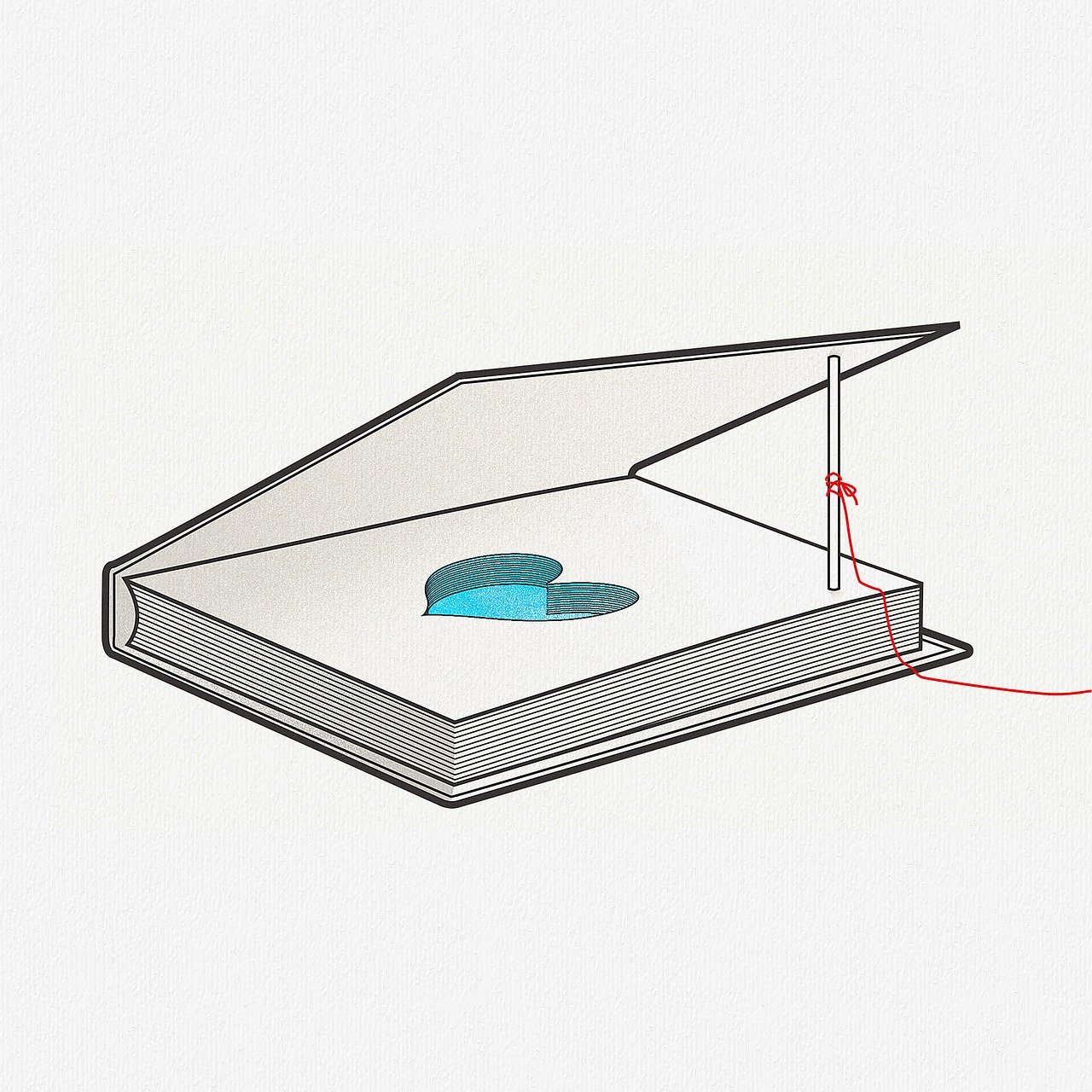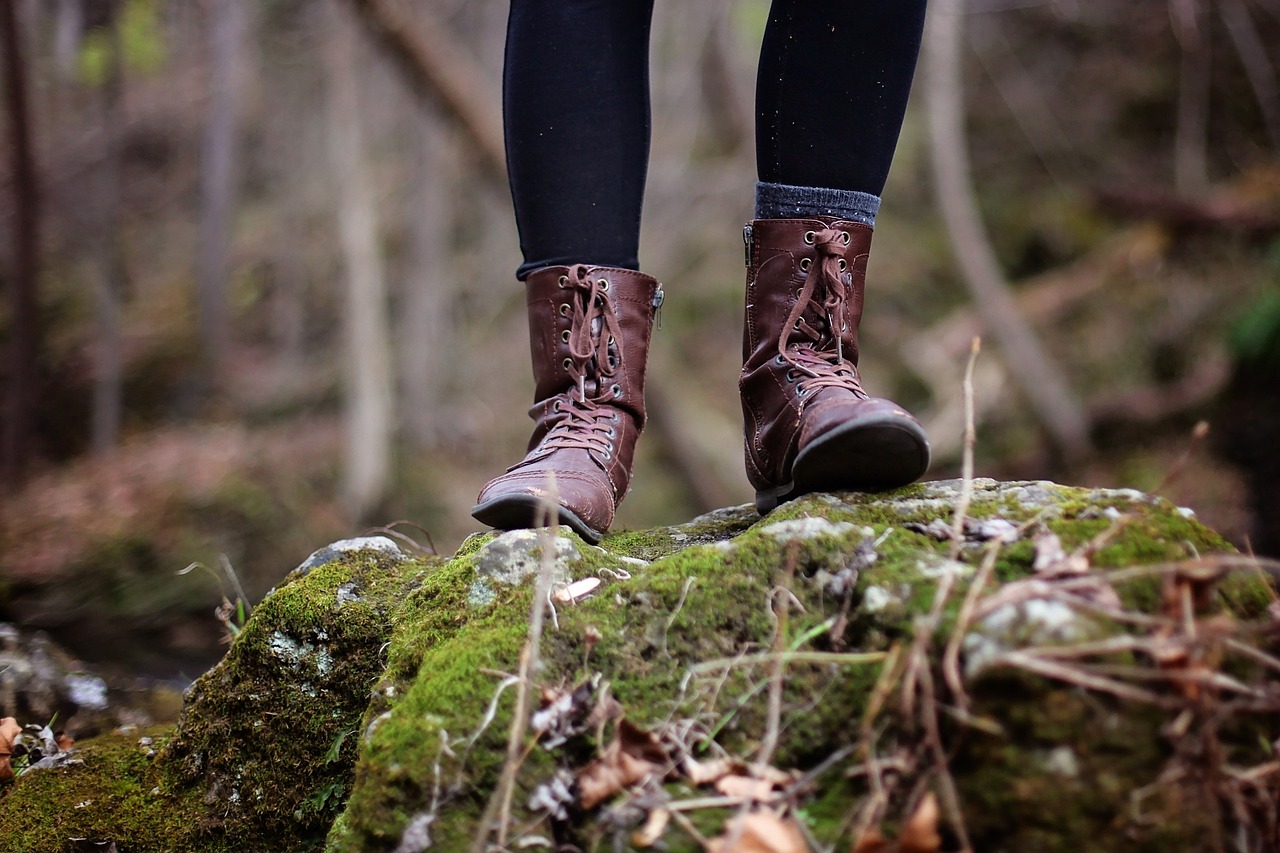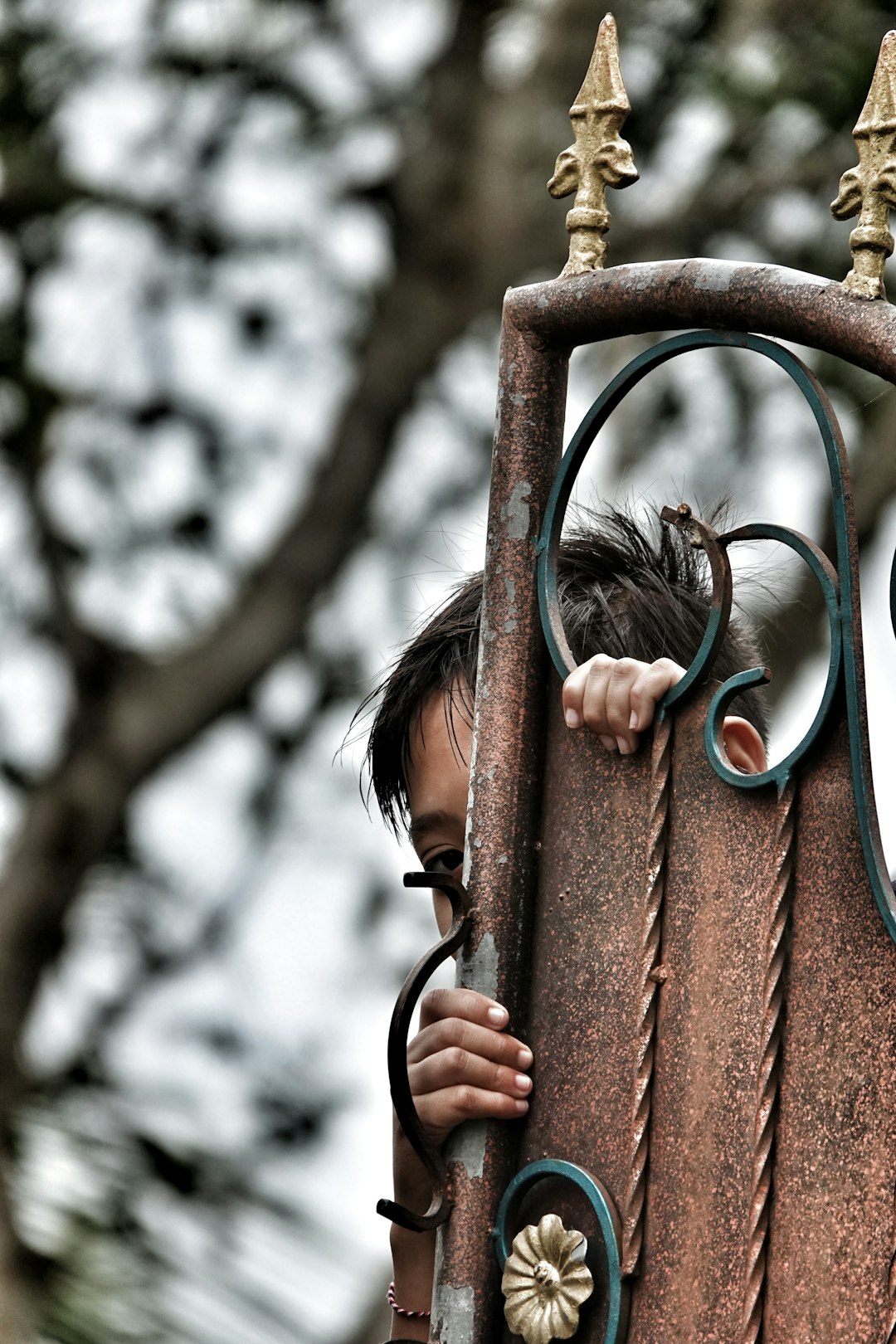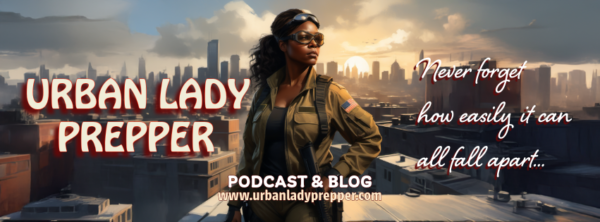
When it comes to being prepared for the unexpected, having the right survival gear is crucial—but who says it has to be obvious? For those who prefer a stealthy approach to readiness, discreet survival tools and techniques are a game-changer. Imagine having the confidence of a prepper without clunky gear drawing attention; that’s where these ingenious outdoor survival solutions come into play. I’ve got you covered, from compact gadgets that fit seamlessly into your everyday life to the best survival gear that stays hidden until you need it. Here are some prepper essentials, crafted for those who value both functionality and subtlety. Check out this link to explore more about discreet survival gear.
Discreet Prepping for Beginners
For beginners, assembling a collection of prepper essentials is crucial. These items ensure you’re ready for the unexpected without overwhelming you. But here are ways to make your efforts less obvious, yet easily accessible.
Everyday Carry Items
Everyday carry (EDC) items are foundational to any prepper’s toolkit. EDC items should be functional, portable, and discreet, ensuring preparedness is part of daily life. You can read my article about building your EDC here.
Start with basics like a compact flashlight, a sturdy pen, and a reliable knife. These items provide utility in both everyday and emergencies.
Tips for Beginners:
Portability: Choose items that are easy to carry.
Functionality: Prioritize multipurpose tools.
Discretion: Opt for items that don’t stand out.

Hidden Food and Water Supplies
Hidden food and water supplies are crucial for long-term survival. These supplies should be stored in inconspicuous containers to avoid detection.
Consider options like vacuum-sealed bags and water filtration straws. These allow you to maintain a low profile while ensuring you have essential resources.
Recommendations:
Inconspicuous Storage: Use containers that blend in.
Essentials: Focus on high-calorie, nutrient-dense foods.
Emergency Water: Prioritize portable filtration options.
I speak from my personal experience of slowly building and concealing my cache here.
Concealing prepper gear effectively involves blending it into your home’s existing environment. Here are some discreet hiding strategies:
General Concealment:
False bottoms and hidden compartments:
Drawers and cabinets can be modified with false bottoms to conceal items.
Bookshelves or other furniture can be altered to include hidden compartments.
Hollowed-out items:
Old books, decorative boxes, or even large, unused electronics can be hollowed out to store supplies.
Storage within existing structures:
Utilize the space inside wall cavities or beneath floorboards. This requires some DIY skills.
Attic or crawl space areas can be adapted for hidden storage, but ensure items are protected from temperature and humidity.
Camouflaged containers:
Store supplies in containers that appear to be ordinary household items, such as labeled storage bins in a garage or basement.
Utilizing furniture:
Couches, ottomans, and beds with storage compartments can be used to hide preps.
Behind heavy furniture like large appliances can also work.
Use totes with preps as nightstands or tables. Throw a floor-length fabric over it.
Specific Item Concealment:
Food and water:
Rotate stored food within regular pantry items to avoid drawing attention to large quantities.
Water can be stored in seemingly ordinary containers, like extra juice jugs or in water bladders hidden in storage areas.
Buried containers in the yard are an option, but extreme care must be taken to ensure that the containers are watertight.
Tools and self-defense items:
Tools can be hidden within toolboxes or disguised as ordinary household items.
Concealment shelves, designed to look like regular shelves but with hidden compartments, are available for self-defense items.
Important Considerations:
Accessibility:
Ensure that your hidden preps are still accessible to you in an emergency.
Security:
Consider the security of your hiding places to prevent unauthorized access.
Environmental factors:
Protect your stored items from moisture, temperature extremes, and pests.
Note what natural disasters are common in your area and be sure to keep your preps in an area that won’t make them vulnerable. For example, if your area is very hot, you don’t want to store food preps in the attic. If your area tends to flood, ensure your preps are in water-tight containers.
Legality:
Be aware of and abide by all local laws regarding the storage of certain items.
This is an opportunity to use your creativity! By using these discreet methods, you can effectively conceal your preps and prepper gear while maintaining the appearance of a normal household.
Essential Discreet Survival Tools
Regarding survival gear, keeping a low profile is often as vital as functionality. Essential discreet survival tools blend seamlessly with everyday items, making them ideal for those who wish to stay prepared without drawing attention.
Sleek Multi-Tools for Any Scenario
Multi-tools are a must for any survivalist. Modern designs incorporate sleek profiles that easily fit into pockets. These tools offer the functionality of several devices without the bulk.
Choose a tool with essential functions: a knife, screwdriver, and pliers.
Look for durable materials like stainless steel for longevity.
Select a compact size for easy carrying.
For instance, a Swiss Army knife combines multiple functions in different sizes. This ensures readiness without sacrificing discreetness.
Key Insights:
Compact Designs: Fit seamlessly into daily life.
Durable Materials: Ensure long-term use.
Multiple Functions: Offer versatility in emergencies.
Compact Survival Kits for All Occasions
Compact survival kits are designed to provide essential tools in a small package. These kits are perfect for those who need to be prepared at all times without carrying bulky equipment.
A good survival kit can fit in a backpack or even the glove compartment of a car. Look for ones that include items like a fire starter, whistle, and a mini first-aid kit. A mini-map of your area and where you may have to evacuate to would be ideal. You can find items for your kit at the dollar store!
Key Takeaways:
Space-Saving: Fits in small areas.
Comprehensive: Includes vital survival tools.
Portable: Easy to carry anywhere.

Best Hidden Outdoor Survival Gear
For outdoor enthusiasts – or if you have to bug out – having gear that blends into the environment is essential. Hidden survival gear allows you to stay ready without attracting unwanted attention.
Camouflaged Shelter Solutions
Camouflaged shelters offer protection while remaining unobtrusive in the wild. These designs ensure that your shelter is not easily spotted, which is crucial in many scenarios.
Whether it’s a camo-patterned tarp or a tent that merges with its surroundings, these shelters can be lifesaving. Check options that prioritize both camouflage and durability.
Your local sporting goods stores or even the camping section at the local big box store should have them.
Key Points:
Environmentally Blended: Hard to spot in natural settings.
Durability: Withstands harsh weather.
Ease of Setup: Find one that’s quick to deploy.
Stealthy Navigation Devices
Stealthy navigation devices are essential for keeping your bearings without attracting attention. These tools often incorporate hidden or understated designs.
Many cell phones include features like GPS, compasses, and maps, but there are other devices available that are in discreet housings and be used when you don’t have your phone or it is otherwise unusable. This ensures that you’re prepared to navigate any terrain without drawing eyes.
Consider browsing forums like Reddit’s Survival community for reviews and user experiences.
Insights:
Subtle Design: Blends with everyday items.
Multifunctionality: Offers multiple navigation aids.
User-Friendly: Easy to use in various conditions.



